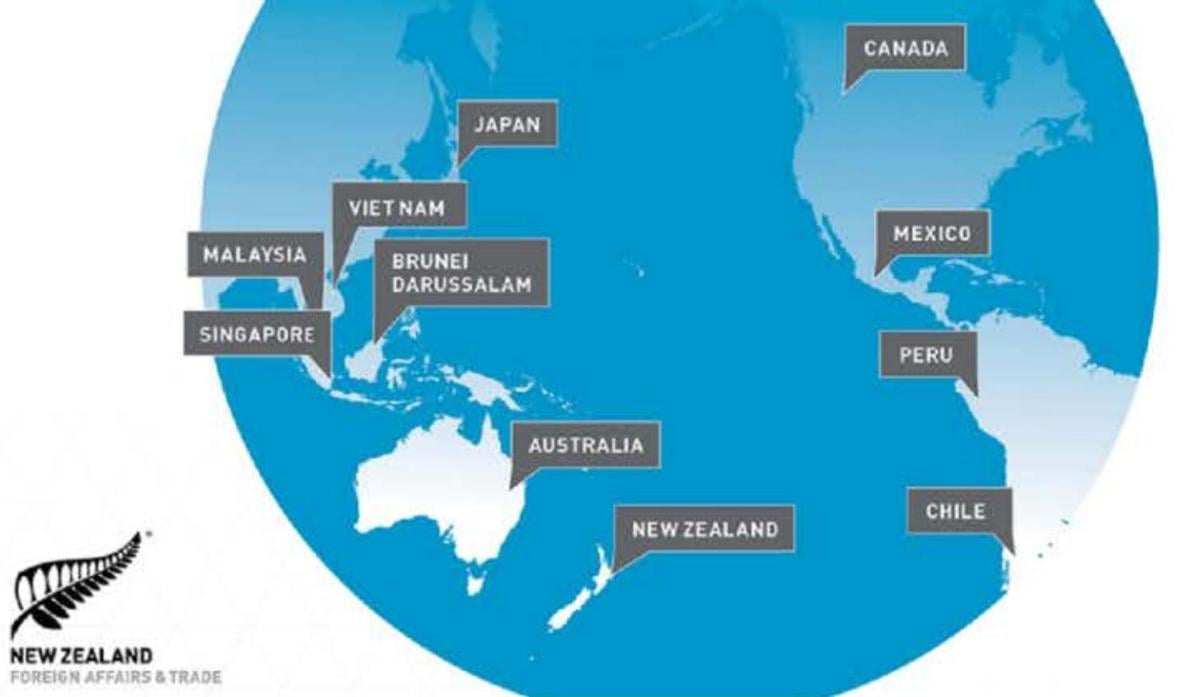India should join RCEP, CPTPP: Niti Aayog CEO
About RCEP
-
- Regional Comprehensive Economic Partnership (RCEP) is a free trade agreement between 15 Asia-Pacific nations.
- The signatory countries include 10 Association of Southeast Asian Nations (ASEAN) members — Brunei, Cambodia, Indonesia, Laos, Malaysia, Myanmar, Philippines, Singapore, Thailand and Vietnam — and their five trade partners — Australia, China, Japan, South Korea and New Zealand.
- RCEP entered into force in 2022.
- India was initially involved in the negotiations. However, India withdrew from the negotiations in 2019 amid concerns that elimination of tariffs would open India’s markets to imports, which in turn could harm local producers.
About CPTPP
- The Comprehensive and Progressive Agreement for Trans-Pacific Partnership (CPTPP) is a free trade agreement (FTA) between 11 countries around the Pacific Rim: Canada, Mexico, Peru, Chile, New Zealand, Australia, Brunei, Singapore, Malaysia, Vietnam and Japan.
- The CPTPP was launched to remove trade barriers among these 11 nations representing nearly 500 million consumers in the Asia-Pacific region in a bid to counter China’s growing economic influence.
- The eleven signatories have combined economies representing 13.4 percent of global GDP, making the CPTPP one of the world’s largest free-trade areas.

When was the CPTPP negotiated?
- Negotiations for what was then simply the Trans-Pacific Partnership (TPP) began in 2010 and concluded in 2015.
- The US was party to those talks, but it withdrew from the agreement before ratification.
- The remaining 11 participants scrambled to amend the text of the agreement, and the newly renamed Comprehensive and Progressive Agreement for Trans-Pacific Partnership was signed in 2018.
Why in News?
- Niti Aayog CEO BVR Subrahmanyam said that India should be a part of the Regional Comprehensive Economic Partnership and Comprehensive and Progressive Agreement for Trans-Pacific Partnership.
Subscribe
Login
0 Comments
